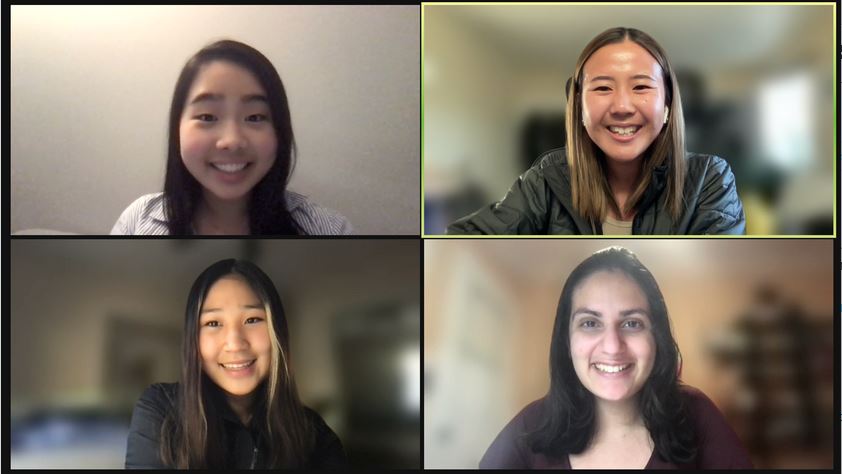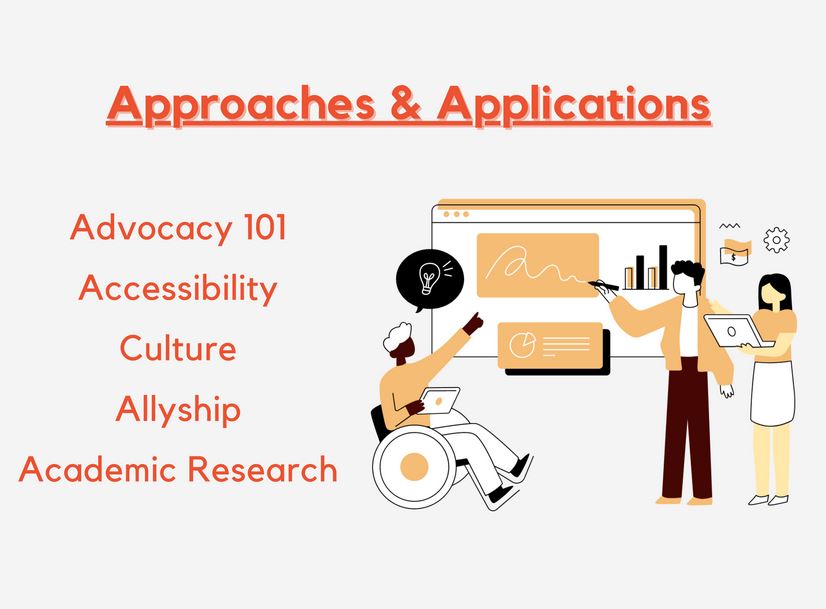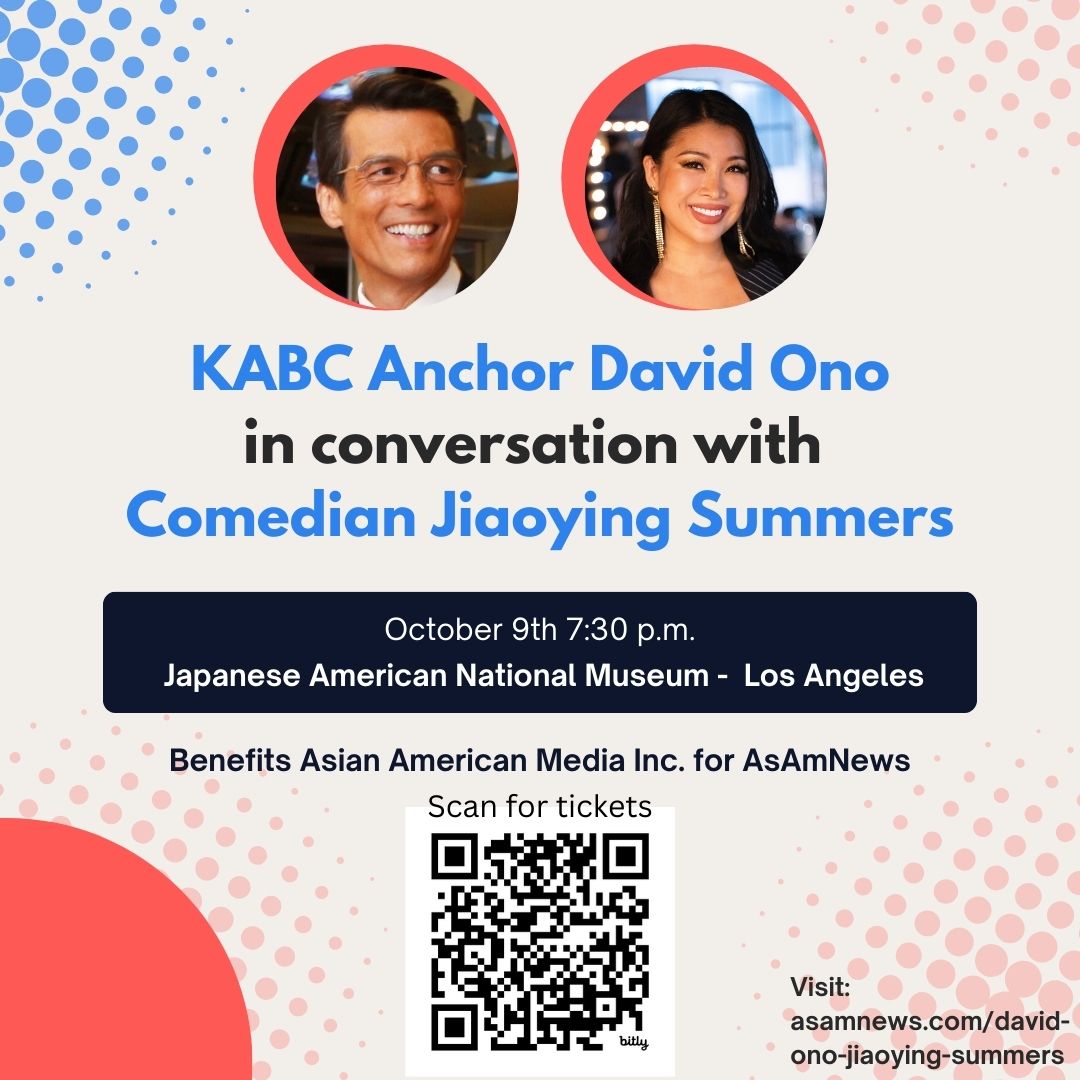By Shruti Rajkumar, AsAmNews Staff Writer
Jennifer Lee had suspected that she had a chronic illness for a long time, but was often told that it was all in her head. Despite undergoing several genetic panels in 2020, her doctors struggled to diagnose her. After several weeks, Lee received a diagnosis for Crohn’s Disease—a delay that was due to her being Asian.
“[My doctor] mentioned like if you were White, we would have screened you for Crohn’s right away. But he was like ‘Asians never get Crohn’s.’ That was my first taste of what it meant to see how a medical diagnosis could be shaped by what race I was or what country I was from. And that to me was so strange, because I had never thought my Asian American identity would interplay with my body and my chronic illness,” said Lee.
On January 10, AADI released an 80-page resource guide consisting of personal stories, peer-reviewed research summaries, and community resources. As the first of its kind, the guide aims to combat ableism, amplify the voices of disabled Asian Americans nationwide, and equip the next generation of disabled Asian Americans to feel like they have a place in the world.

“We were really proud to produce a resource guide that was written by disabled Asian Americans for disabled Asian Americans. To our knowledge, there has never been a resource guide of this length and of this extent before written for our community, and so a large part of what we do at AADI is taking up space for disabled Asian Americans, and showing that intersectionality is such an important conversation to be had,” said Lee, founder and Executive Director of the Asian Americans with Disabilities Initiative.
LATEST STORIES
Disabled people often experience a form of systemic oppression called ableism, which is a set of stereotypes and practices that look down and discriminate specifically against disabled people. According to the resource guide, these ideas are deeply rooted in eugenics, anti-Blackness, misogyny, colonialism, imperialism, and capitalism.
AADI research director Justin Tsang said that the creation of the resource guide began in July 2021 at the time of AADI’s inception. The idea stemmed from a lack of resources and research that explores intersectionality and the various factors that impact disabled Asian Americans.
Within the U.S., one in ten Asian Americans identifies as disabled. Tsang, who is a disabled Asian American man, said that ableism is present across various sectors of the Asian American community, such as with issues of access to healthcare and housing. However, it is less known how it impacts people who are both Asian American and disabled, which they believe is consistent with the lack of research available in academia on this intersection. In the future, they hope to see research that is accurately representative of different communities, rather than just a monolith.
“I believe that we need to spread awareness to ensure that Asian American Studies is important for research, and particularly with those with disabilities. Asian Americans, as well as Asian Americans with disabilities, are critical members of society, and we’ve been historically underrepresented. But we definitely need more resources to bring acceptance as a society,” said Tsang.
Quote Image Here

AADI director of community engagement Ikshu Pandey said it recently became apparent to her that many people are unaware of how widespread ableism is. She spoke with her friends about a recent statement that was made by the Dr. Rochelle Walensky of the Centers for Disease Control. In this statement, Dr. Walensky said that the overwhelming number of COVID-19 deaths occurred in people who had at least four comorbidities and that they were people who were “unwell to begin with.”
The comments had been criticized by the disabled and immunocompromised community, however, Pandey said her friends didn’t understand the magnitude of the comments. The resource guide has helped Pandey, who is a disabled Asian American woman, navigate such conversations about ableism, as well as her own disability and needs.
“It means so much to me that I can kind of direct [my friends] towards resources and be like, ‘Here are some things you can do to make sure you’re being respectful of my identities without making me feel awkward.’ Just having those tools has made talking about my conditions to my friends so much easier,” said Pandey.
Lee said that the lack of resources for disabled Asian Americans had caused her to struggle to talk to her relatives about her chronic illness. She said that people would tell her to try remedies such as acupuncture and herbal medicines to treat her illness.
Similarly, when Tsang was born intersex—an umbrella term for differences in sex traits or reproductive anatomy—and with a condition called encephalopathy, he said his parents were afraid to talk to family and friends about it. Lee said she began recognizing that ableism in Asian American communities came down to cultural stigmas and biases, which the resource guide also aims to bring awareness to.
“Those times that we were tired, or that we were burnt out, it wasn’t just being lazy, it was a biological condition. These kinds of stories, and this feeling of having to fight families or larger cultural narratives, I found almost every person that I talked to could like relate to it and be like, ‘Wow, I felt the exact same way as a kid that I didn’t know how to express that I didn’t know how to communicate that with family,’” said Lee.
The resource guide includes a compilation of all the research that has been done on the disabled Asian American community, including literature reviews and articles. Given that there isn’t much research available on this intersection, Pandey said it was useful having it all in one guide. She said it also helped her feel validated in her experiences as a disabled Asian American.
“The numbers and the quantifying things always hit hard. For me, it’s really different to talk about an experience with friends, and then look at a quantitative published research paper that has graphs showing the struggles you’re facing, because I always feel like, ‘Oh, that’s not me, though.’ But that literally is me,” Pandey said.
Although the guide is primarily for disabled Asian Americans, Pandey said that there is something in there for everyone. She points out that having both resources and research compiled in one location also forces non-disabled Asian Americans to tackle problems within the community.

For example, Pandey notes that often people don’t associate being disabled with being Asian American because of the model minority myth. Tsang said they experienced the impact of the model minority myth as a disabled person in high school when people dismissed their needs due to their Asian identity.
“The truth is that for people who are Asian American and [disabled], we have different identities, we need different support needs. The assumptions often are not presented realistically to what we need. And that stems from the lack of awareness of being Asian American and disabled because there’s pushback due to stigma from family, as well as the cultural norms from what appears in popular media,” Tsang said.
While reading an article within the academic research section of the guide titled “Asian Pacific Americans with Disabilities: Our Stories, Our Lives,” Pandey said she began to reflect on her experiences and how the model minority myth makes it difficult for disabled Asian Americans to access disability services.
Pandey recalls having connected with a student who was failing her course because her professor refused to provide her with captions and transcripts. Pandey sent her the resource guide, as she believes that the guide can show people that such accommodations aren’t an unfair boundary, but rather a way of ensuring equity.
“I think that this guide [can] help her go to those professors and say ‘This is some evidence of what I need, why I need it, and why it’s important.’ She’s going to reach out to a few of the communities [in the guide] because you need to have people stand with you, you need to have outside advice when you’re in those kinds of situations. Otherwise, you can feel so ostracized,” said Pandey.
Lee said that finding community, such as Crohn’s and IBD circles, helped her accept her disability. Although she appreciated meeting the community and talking about her disability, she started feeling alone in her experiences because she was often the only Asian American in those spaces. She couldn’t talk with the familial pressures she experienced, and she internalized the idea that she had to speak about her identities separately to be accepted and validated by the larger community.
“A part of what this resource guide aims to do is to show that it is not only okay and accepted to embrace multiple identities, but that it’s actually more powerful to see how these identities engage with one another. [It] aims to show that these aren’t two separate conversations, but actually, when you put them together, you realize that they actually inform one another,” said Lee.
Lee said that over the past few months, various advocates, schools, and communities have said that AADI’s work has made them feel more comfortable in their identities. She said that it’s important for disabled people of color to take up space because there may be people out there who aren’t ready to talk about their disabilities and speak up on their own.
“Maybe by reading our resource guide, they will feel even marginally empowered, or feel seen in their multiple identities and know that they are not alone in their journey. The real success and joy for me in having a disabled Asian American community has been finding solidarity within other people. And to know that we are not alone in our struggle and that every day we’re taking one step forward in the fight for disability justice, but also justice for Asian Americans,” said Lee.
AsAmNews has Asian America in its heart. We’re an all-volunteer effort of dedicated staff and interns. Check out our new Instagram account. Go to our Twitter feed and Facebook page for more content. Please consider interning, joining our staff, or submitting a story, or making a contribution.










